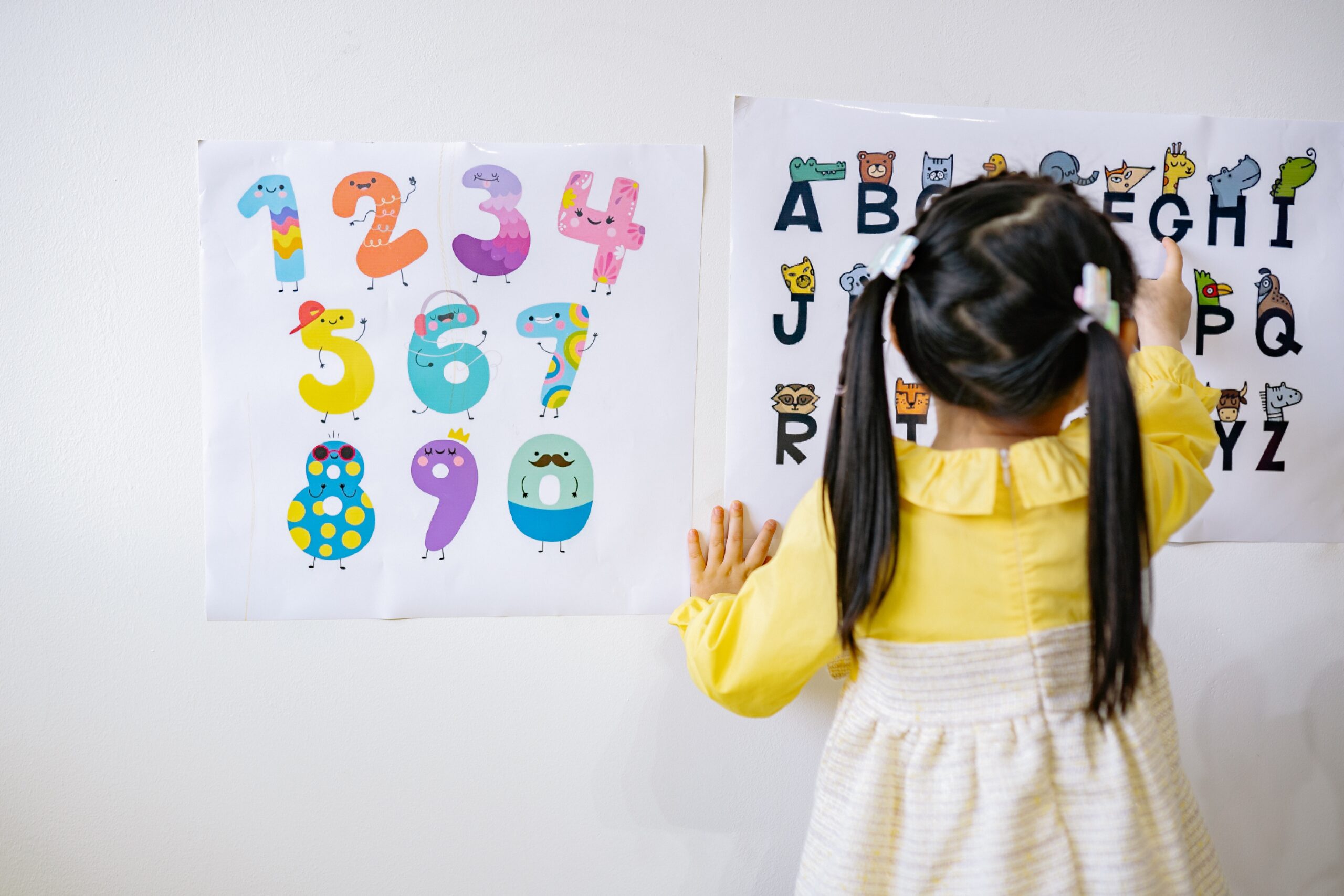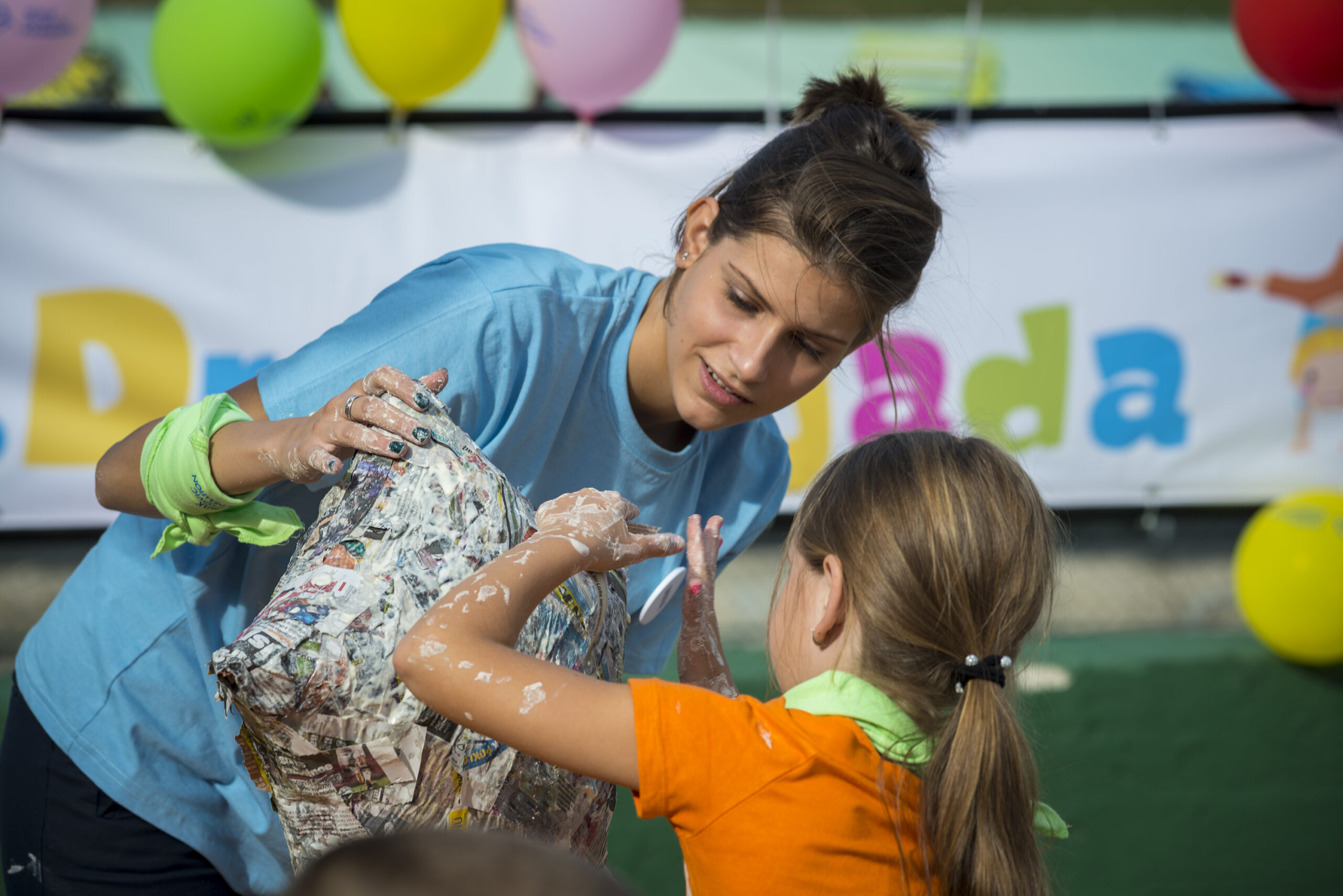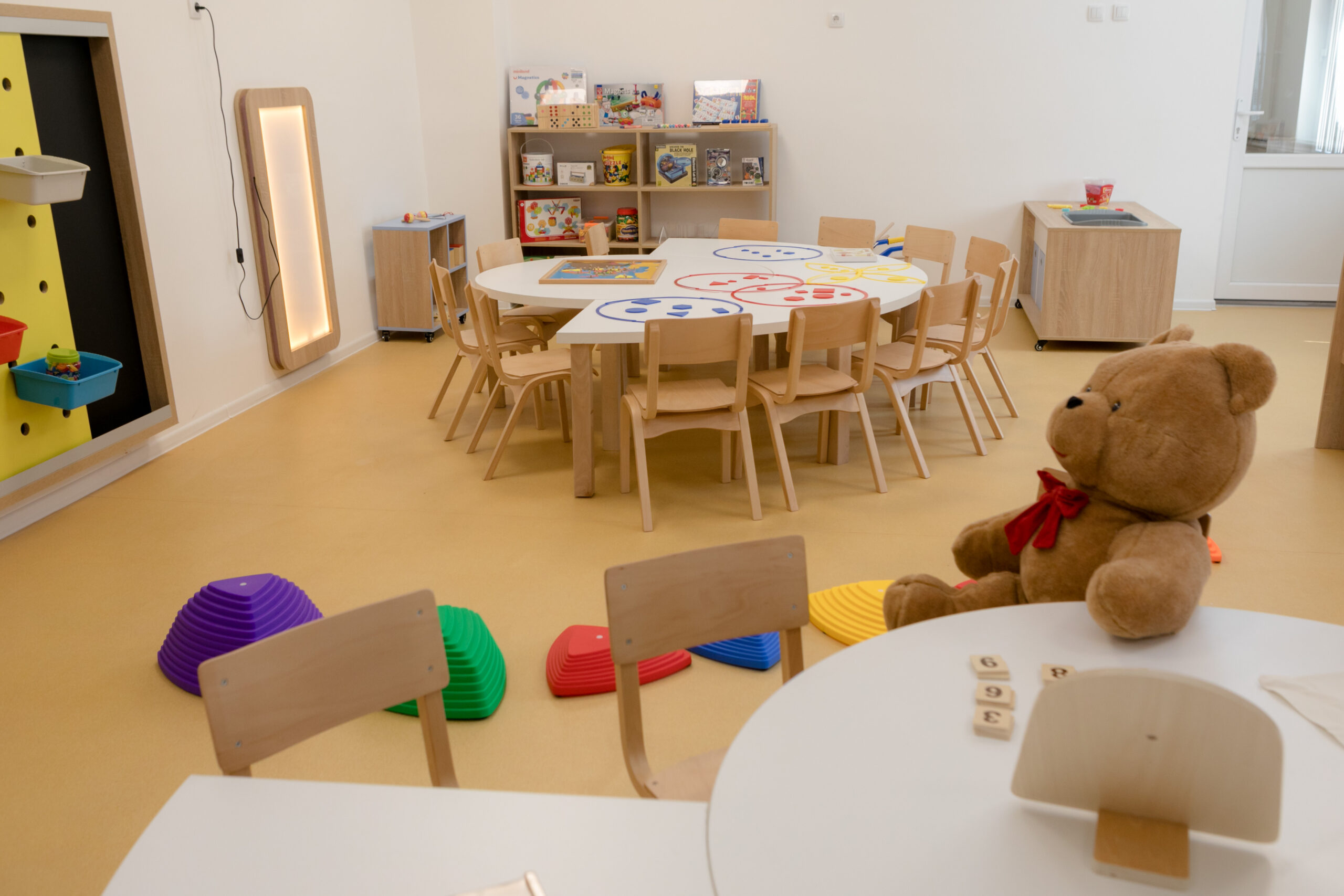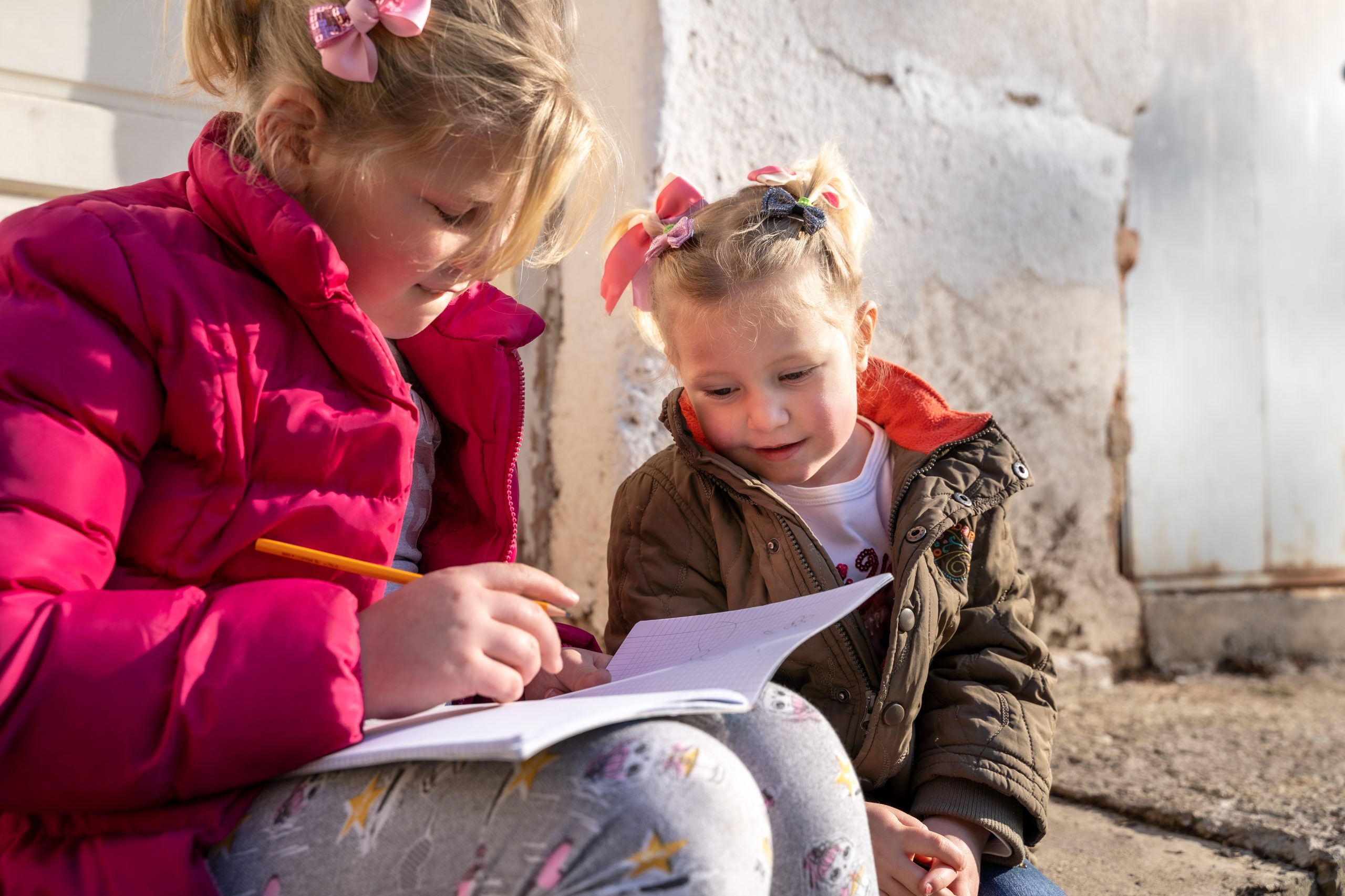Questions rather than answers are the key to shaping the learning development of children. But what is the right way to ask children questions when it comes to engaging them in learning?
A small group of young pupils centers around their teacher on the floor and listens patiently. After pointing out the colour yellow once, the teacher asks the kids to find other yellow coloured objects in the room. The pupils quickly find a variety of yellow coloured items. Before getting bored of the activity, the teacher directs them to the craft table asking: “what other items can you think of that are yellow? Go and draw or craft them.”
The Origin of the Theory Behind the Questioning Techniques
There has been a major transition in teaching methods at schools and nurseries. More and more teachers focus on the above illustrated child-initiative approach rather than the conventional teacher-led approach in order to improve pupils’ engagement with the educational material covered in class and to support them in constructing their own higher-level knowledge. Asking children questions and waiting for them to come up with answers is the central idea of this approach.

Copyright: Syda Productions
The educational psychologist Benjamin Bloom was the first researcher who took learning to another level by arguing that children could improve their knowledge skills when they were asked to answer more critical questions by their teachers. In 1956, he developed a hierarchy of questions which would enable teachers to measure and organise their teaching objectives by using six different levels of questioning: remembering, understanding, applying, analysing, synthesising and evaluating. He called this hierarchy the Taxonomy of Educational Objectives. Bloom proposed that all human beings follow an imaginary ranking of levels when it comes to the complexity of thought. This means that children start to operate at a very “concrete” level of knowledge before they move on to be able to “comprehend” what the facts are. At the next level, children are able to “apply” what they have learned from facts and comprehension. This is the stage where they can demonstrate knowledge and apply it to related situations. Moving on, children can “analyse” what they know such as categorizing information. At the two highest stages of “synthesising” and “evaluating”, Bloom suggested that children are able to form solutions and make judgments about information and situations.
Bloom’s Revised Levels of Questioning in the Classroom
In the early 1990s, researchers revised the taxonomy to make the theory more relevant to the needs of children in today’s world. They decided to add an additional step to the hierarchy called creating while deleting the level of synthesising.
When asking teachers about their preferred activities in class, many will answer that they try to engage young pupils by using Bloom’s questioning techniques. The main idea is that the difficulty of the questions increases by each level. The higher-level questions require deeper thinking and can help children to expand their knowledge on topics or improve their thinking skills.

Copyright: Monkey Business Images
Parents and teachers can track the progress preschoolers make easily. They only have to observe pupils’ ability to answer a question of the next level of knowledge. According to the National Association for the Education of Young Children (NAEYC), three year olds usually operate at the most basic level of the hierarchy being referred to as concrete thinkers. This means that they concentrate on physical things that are right in front of them. Older children will have the ability to move along the hierarchy to stages that allow abstract ways of thinking. Most children at that age of four engage in more imagination-focused playing activities such as fantasising that a spoon is a wooden stick. Therefore, preschoolers should be able to answer more complicated questions than younger children.
When applying Bloom’s questioning techniques in the classroom, some three year olds and most four year olds are able to follow abstract concepts of thinking including analysing, evaluating and creating. The NAEYC recommends that parents and teachers should not be concerned if some children may not be able to answer higher-level questions. This is because children develop at different rates and may need longer to develop more abstract levels of thinking.
Asking Children Questions Outside the Classroom
When it comes to developing better thinking skills, parents can support their children in the same way teachers do in the classroom. A good starting point is by keeping a record of how frequently children have to answer questions and whether there is a good variation in the levels of the questions asked. It is important that children have a solid base of information when answering questions. Therefore, it can be helpful to ask children basic questions after reading a story in a book which supplies the necessary background. It is also possible to encourage children to answer more difficult questions to make progress. Even if children may not be able to answer the question correctly their answers may still be surprising.












